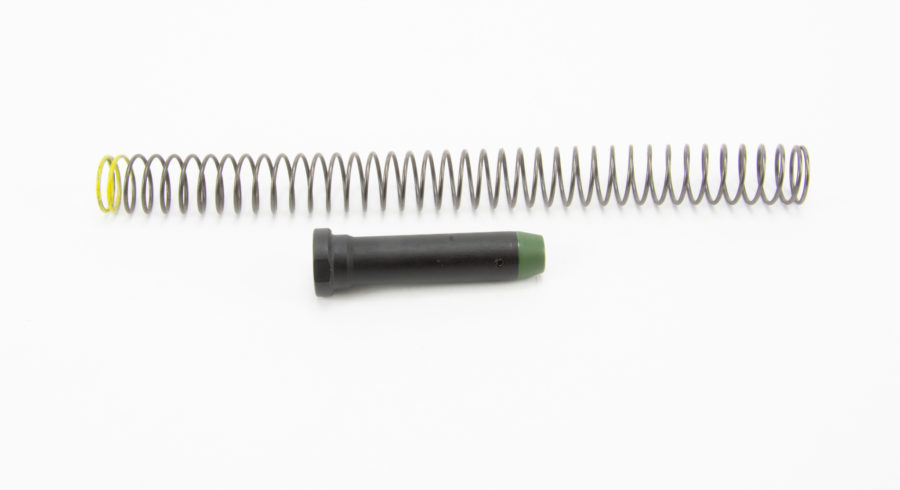I got an 18" SPR barrel from Craddock earlier this year that I had converted to an LMT quick-change barrel for use in an MLR. It shot really well but after a couple hundred rounds through it I realized that for this rifle application I would prefer it a bit shorter. So I had it cut back to 16" and now it's undergassed because, silly me, it's now a 16" barrel with a rifle length gas system and won't cycle reliably. I tried all of the obvious fixes like switching gas blocks, making sure everything was aligned properly, swapping gas tubes, played with an adjustable buffer, but it's never getting enough gas probably due to reduced dwell time.
Since this barrel shot lights out before getting cut down, I just don't want to give up on it, so now I'm looking at opening up the gas port a bit.
That's something I've never done and part of me thinks "how hard can it be?" Is this something I should be trying to do myself or should I send it out to someone who can do it correctly? Enquiring minds want to know.
Since this barrel shot lights out before getting cut down, I just don't want to give up on it, so now I'm looking at opening up the gas port a bit.
That's something I've never done and part of me thinks "how hard can it be?" Is this something I should be trying to do myself or should I send it out to someone who can do it correctly? Enquiring minds want to know.


